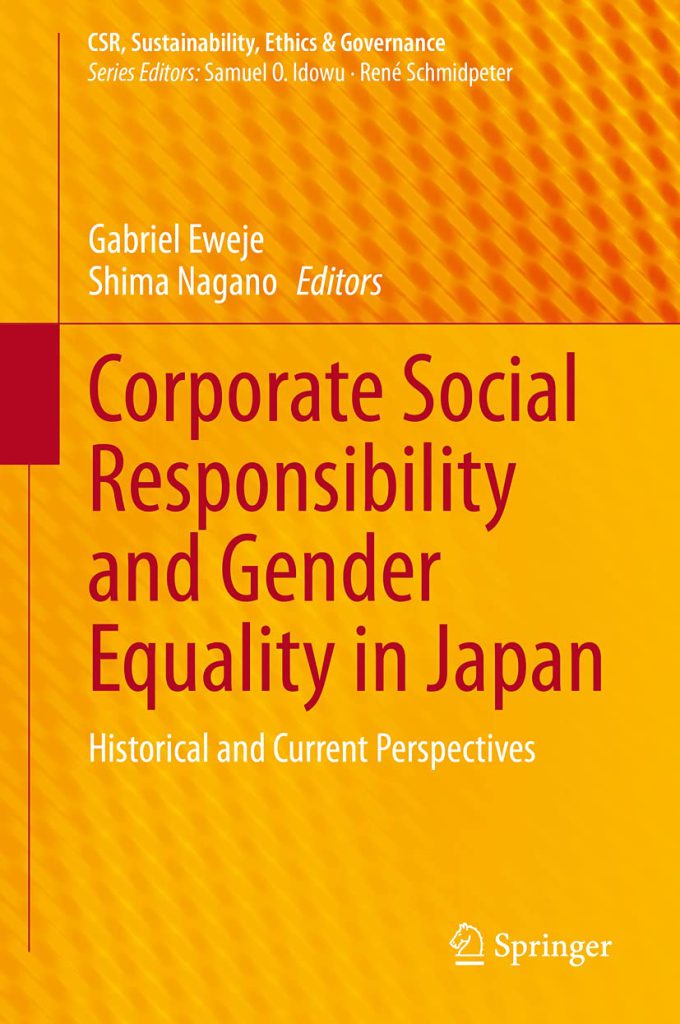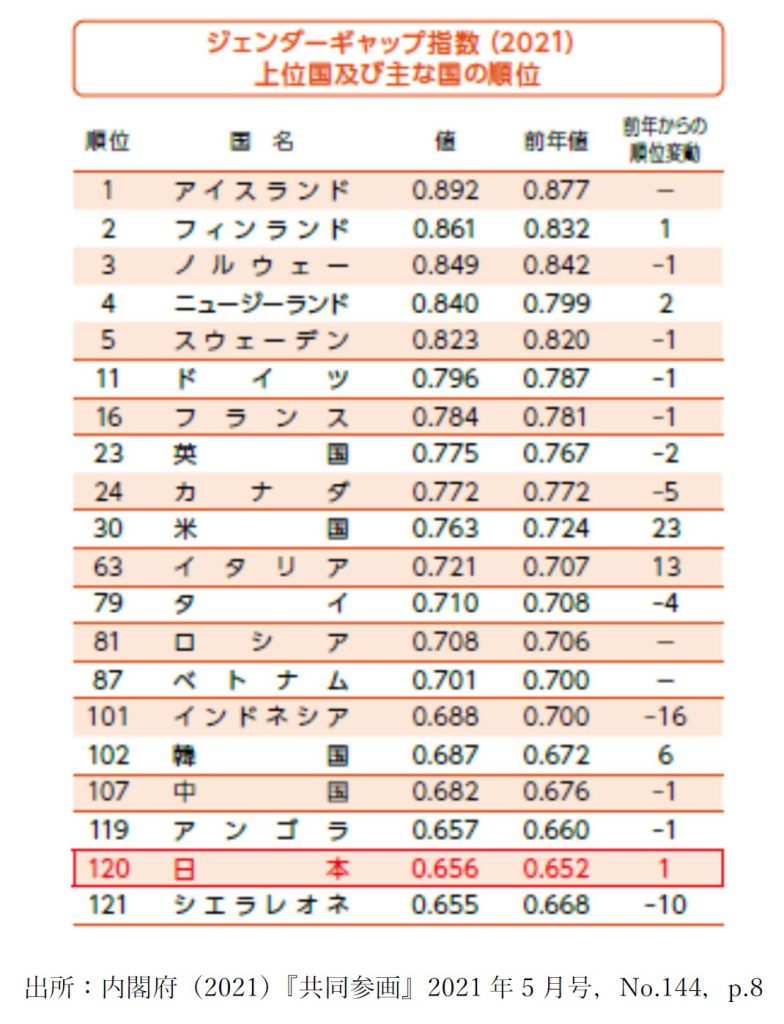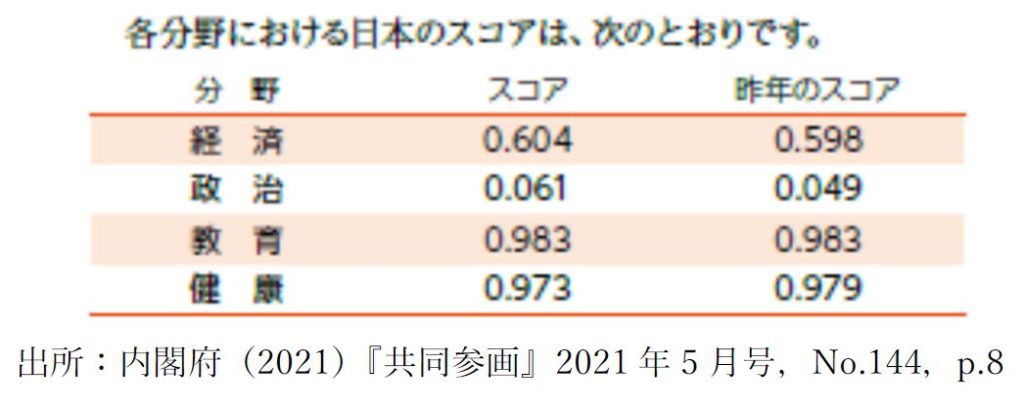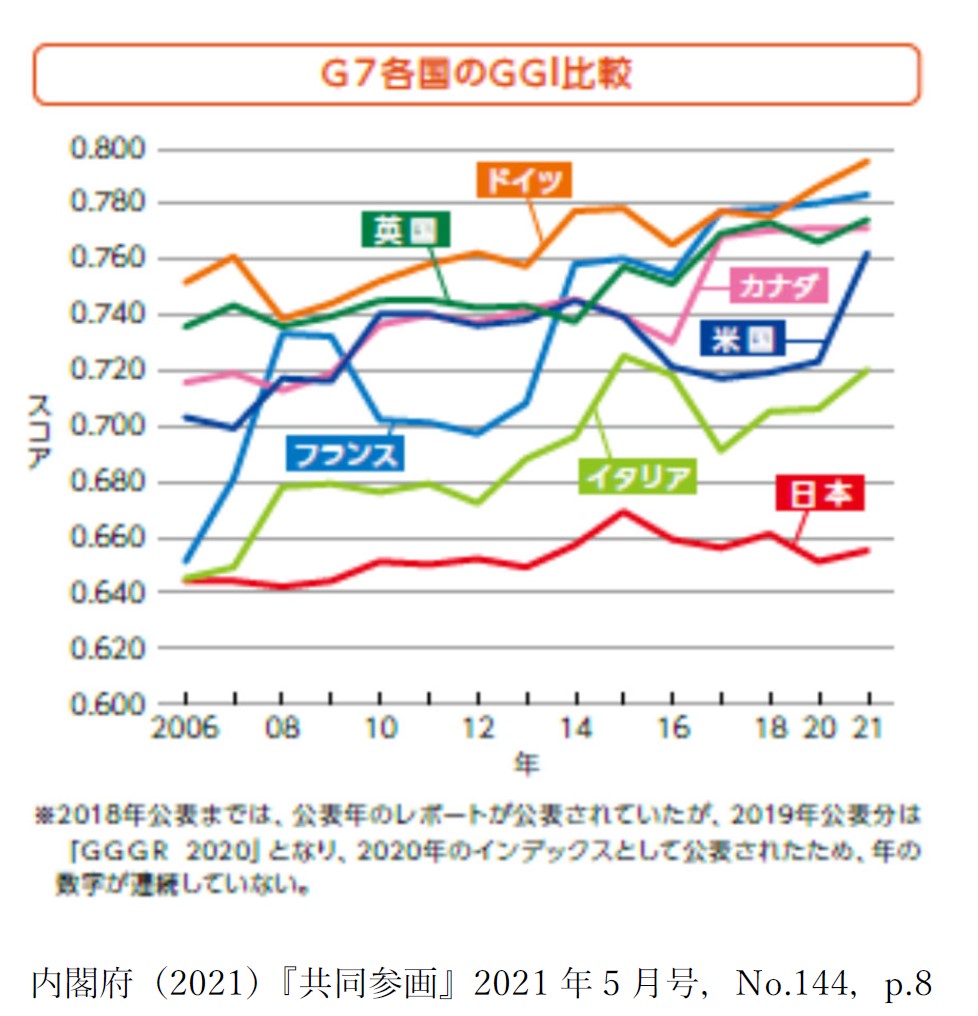Details of the Initiative
We are studying the themes of what role management control systems play when Japanese companies close the gender gap and how we can create organizations that utilize the diversity of human resources and create outstanding innovation. On the surface, they are unrelated themes, but they are very closely related.
Japanese companies still face a deep-rooted gender gap, and achieving gender equality, which is stated in Goal 5 of the SDGs, is an urgent issue. In addition, since Japan is poor in natural resources, it is also an important issue to build an organization that creates innovation by utilizing the diversity of human resources. The key to resolving these issues is to build a highly inclusive organization based on a fair and equitable evaluation of diverse human resources in the organization.
Building a highly inclusive organization is essential for continuing to create superior innovation. In a highly inclusive organization, people need to be evaluated in a fair and equitable manner. We will do our best to close the gender gap in Japanese companies.




